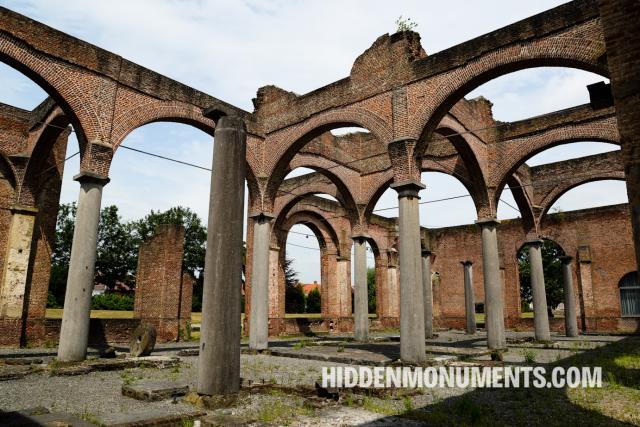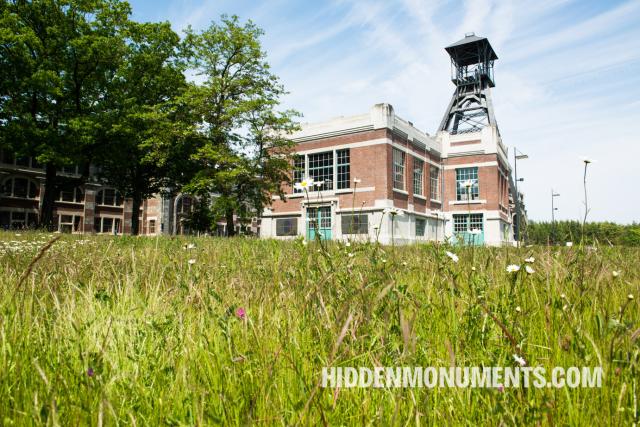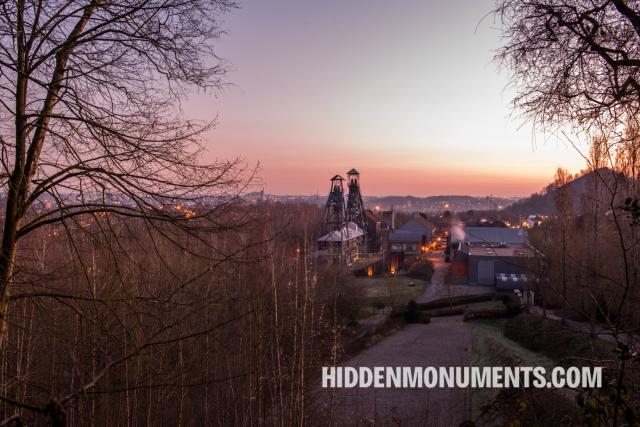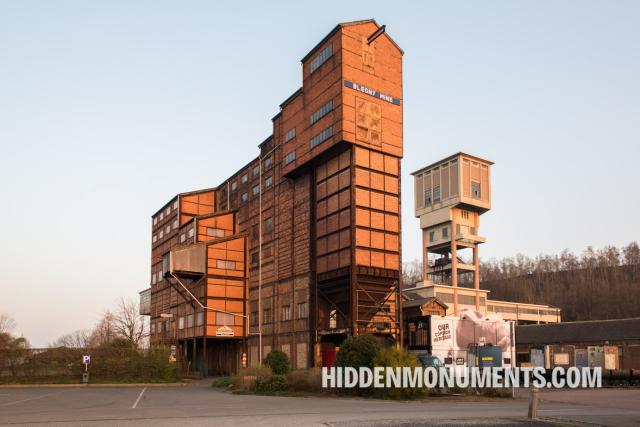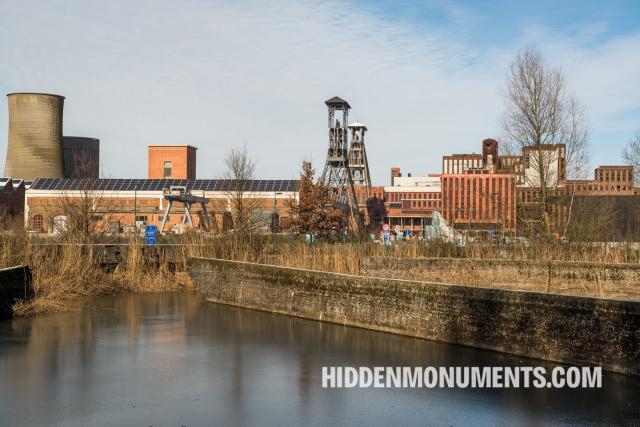From December 1878 to October 1880, Dutch painter Vincent Van Gogh stayed in the Belgian mining region of the Borinage.
Coal mines
In the French coal basin of Nord-pas-de-Calais, Germany's Ruhr and Saarland, England, Wales, and Belgium, coal was brought to the surface in hundreds of coal mines for many years. Today, coal mines have become heritage sites or have been demolished.
- 75 destinations
In 1810, industrialist Henri De Gorge bought the Grand-Hornu coal mine in the Borinage, a famous mining region in Belgium.
Since 1876, coal has been transported from the Bernissart mines via Blaton via the 4-kilometre-long railway line 80/78A.
At the end of the eighteenth century, this brick building in Bernissart, Belgium, was built to house a new gadget: Thomas Newcomen's atmospheric engine.
The "Charbonnages André Dumont-sous Asch" is the full name of the Waterschei mine—a tribute to Professor Dumont, the geologist who discovered the coal layers in As.
A tangle of railways ran through the Limburg coal region, transporting millions of tons of coal to ports and blast furnaces. The coal wagons have disappeared, but old stations and tracks remind us of the busy traffic of yesteryear.
Over a century ago, in 1917, the coal mine of Winterslag was the first Kempen mine to open its gates.
On August 8, 1956, disaster struck the Bois du Cazier mine in Charleroi, Belgium. A fire broke out hundreds of meters underground, killing 262 miners.
The Argenteau-Trembleur mine in Blegny is the last bastion of the Liège coal industry. In 1980, It closed its gates for the third time permanently.
Pagination
Latest from the blog
Do these monuments ring a bell with you? You might recognise the locations of films and series such as Doctor Who, Babylon Berlin, and Dark.
All photos and stories are copyrighted. Of course, linking to articles on the site is possible and allowed.
If you would like to use photos or articles from this website, please contact bart@hiddenmonuments.com.
© 2003-2024 Hiddenmonuments.com

